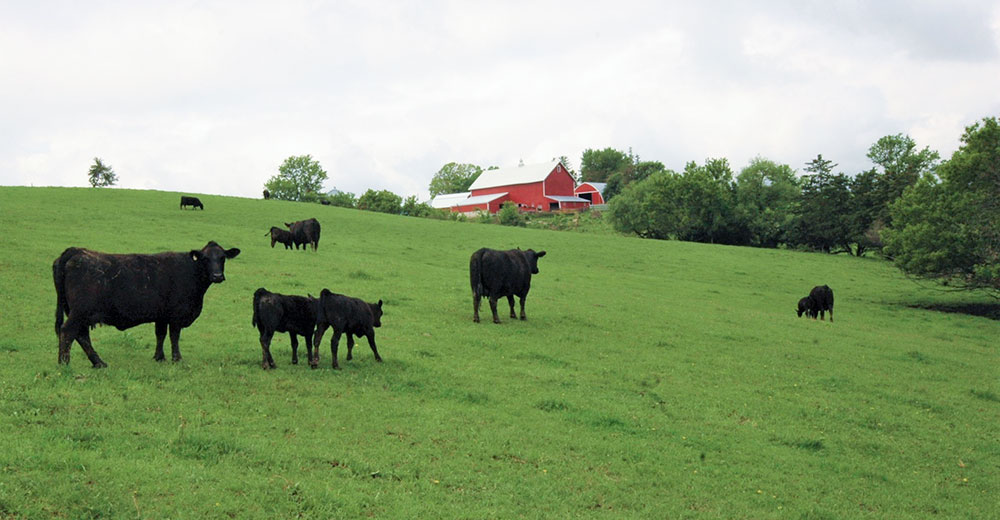
In the Long Run
Study shows extended-release dewormer can lead to lower feedlot morbidity and improved carcass quality.
’Tis the season to think about parasites robbing your beef cow herd. The weather is finally warmer, the bugs and other little things are crawling all over. But what about those you can’t see? Recent estimates put annual losses from internal parasites at $200 per cow-calf pair, so it’s no surprise many research studies say controlling them offers one of the best returns on investment in the business.
One of the most recent studies, from Iowa State University (ISU), looked at a wide range of economic effects from using an extended-release dewormer compared to a traditional product. It found the main difference was more marbling and higher percentage of premium Choice carcasses in progeny from herds treated with the extended-release product.
The ISU master’s thesis of Claire Andresen set out to estimate the impact of a single injection in cow-calf herds of extended-release eprinomectin (LongRange®, 100-150 days) vs. one of typical duration doramectin (Dectomax®, 14-28 days). It would measure economically relevant production variables in these dewormed beef cows and calves, as well as subsequent feedlot health, performance and carcass traits of calves. The product that lasts five to six times longer costs four times as much, but would the extended-release product be worth the extra expense?
Andresen, now a doctoral student at Oklahoma State University, worked with 13 spring- and fall-calving herd managers with nearly 1,800 cows across seven states. Animals were stratified within herds and assigned one of the two treatments. In some herds, cows and calves were treated with both products by assignment, while in others treating the cows meant calves received the benefit indirectly.
Reproductive end points, cow performance, body weight change, evidence of pink eye and fly burdens were compared, finding only a lower incidence of pinkeye in LongRange-treated cows, with no difference in calves between the two treatments.
In fact, Andresen said there were few differences in any production measures, perhaps due to overall lack of clinical parasitism at any time point in any herd as measured by fecal egg counts.
That left feedlot performance, where again any differences were slight.
“Eprinomectin-dosed calves tended to have lower incidence of morbidity,” the study reported. “However, there were no differences in growth performance.”
Andresen said that may stem from the lack of parasitic infection in the grazing phase.
Carcass traits were the one clear point of differentiation. Calves treated with eprinomectin during the preweaning phase had a greater marbling score by 20 points and a greater average quality grade.
Andresen and Dan Loy, director of the ISU Beef Center, conclude the study shows use of an extended-release product can be worth the investment if you aim for premium quality targets. Loy was a co-advisor on the project with former ISU ruminant nutritionist Patrick Gunn.
“Producers know deworming will improve weight gain; that’s fairly well established,” Loy said. “But I don’t think they always make the connection to the end product. That improvement in carcass value all the way through isn’t something most producers would necessarily be aware of. This study helps make that connection more apparent.”
Andresen said the findings are significant enough she’d recommend all quality-focused cattlemen consider their deworming protocol.
“Especially for producers who retain ownership and can get some bang for their buck postweaning, they can target a niche market where they know they’re going to filter to a feeder and that feeder knows that they’re going to get a higher-quality animal and eventually a higher-grading carcass,” she said.
Editor’s note: Katrina Huffstutler owns Cactus Flower Communications and is a freelance writer for CAB from Electra, Texas. Photo courtesy CAB.























